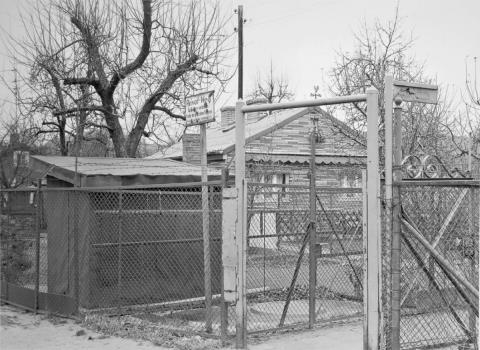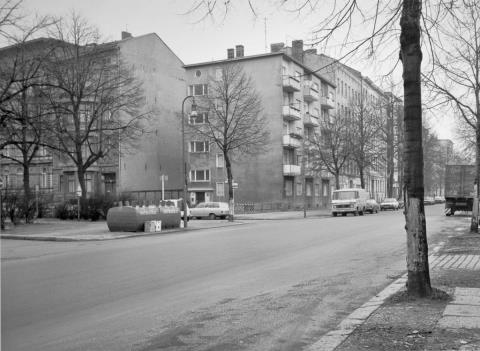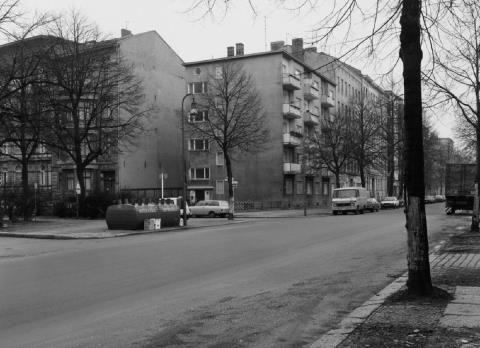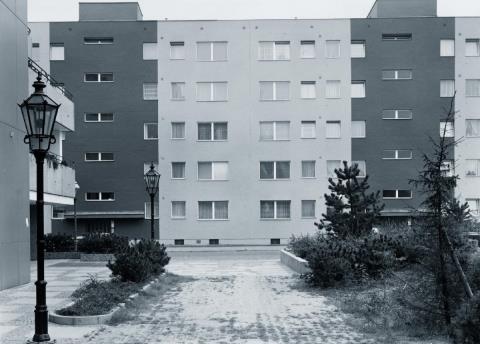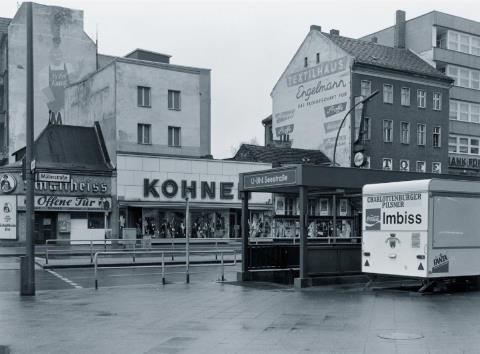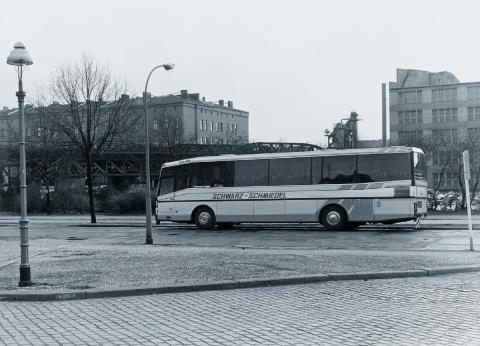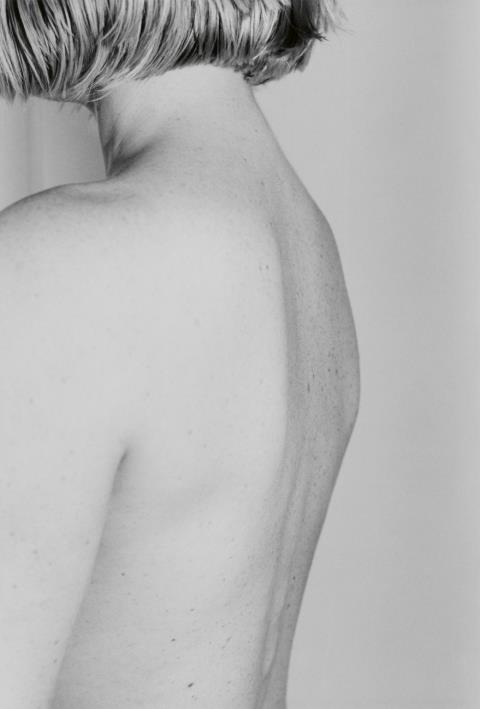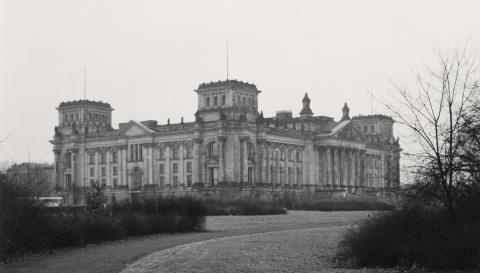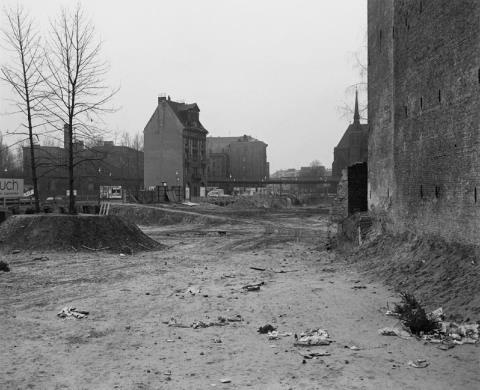Michael Schmidt – To photography as an autodidact
Michael Schmidt was born in Berlin on 6 October 1945. In 1950, he moved with his parents and five siblings to Ekner near East Berlin in the GDR, but just five years later fled to West Berlin. In 1961, Michael Schmidt began an apprenticeship as teacher, which he never completed and after making a living for a time as a bicycle courier, he joined the police on the wishes of his parents in 1963. He began taking photographs in 1965, teaching himself the necessary knowledge, and enjoyed it so much, that he was able to teach photography at the Berlin Schools of Kreuzberg and Neukölln whilst still working as a policeman. He left the police force in 1973 and began his career as a freelance photographer. In 1976 he founded the ambitious ‘Workshop for photography’ in Kreuzberg which held for a decade and hosted exhibitions of photographers such as Diane Arbus, Larry Clark, Robert Adams, William Eggleston, Lewis Baltz and Lisette Model.
Contexts were very important to the artist
As a photographer, Michael Schmidt found his motifs above all in his immediate environment, in the Berlin districts of Kreuzberg and Wedding. From the beginning, grey tones dominated in his work, but the artist struggled with the attribution of the colour grey as his trademark. The grey in his images stemmed primarily from the fact that he was not comfortable with the extremes of black and white, Schmidt explained. Consequently, he also did not see himself as a classic black and white photographer, because grey was a colour for him – a special colour that allowed him to do justice to all the facets of his sensibility. The leaden heaviness, the deep melancholy and sadness that people feel when looking at his pictures fits well with Schmidt’s understanding of art, for art was always about sadness and suffering for him. Contexts were important for the artist, which is why he created his works almost exclusively in series with practically no individual pictures.
Berlin as the centrepoint and key motif of art
During his teaching assignments, Michael Schmidt taught later well-known photographers such as Ulrich Görlich, Wolfgang Eilmes and Andreas Gursky, the latter describing Schmidt as his most important teacher. While Michael Schmidt’s early works were still determined by a clearly documentary style, he left this defined field behind in favour of a subjective psychogram of the still-divided Berlin with his work Waffenruhe from 1987. One of his most successful projects, the photo series Ein-heit (1996), which analysed the picture formulas of society and politics on the occasion of German reunification, was honoured with a solo exhibition at the New York Museum of Modern Art. Although Berlin was the undisputed focus of Michael Schmidt’s creativity, especially in the successful 1990s, he also turned later to other motifs: in 2000 he showed parts of clothed and unclothed women in his series Frauen, and later conveyed impressions of the German provinces and shots of the sea – always in his characteristic shades of grey.
Michael Schmidt died on 24 May 2014 in his hometown of Berlin.
Michael Schmidt - Works that have already been sold at Kunsthaus Lempertz:

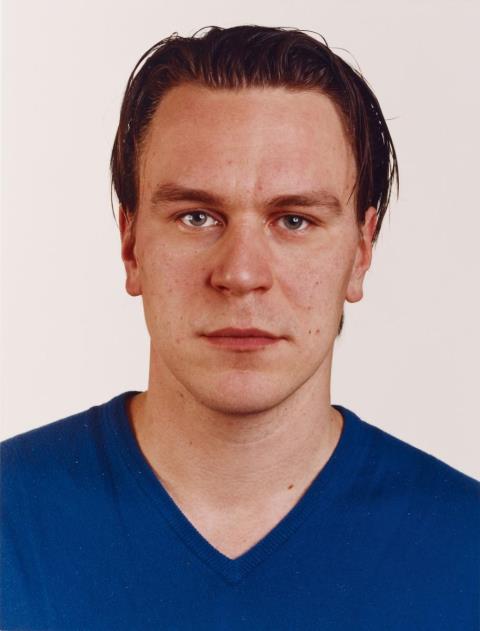
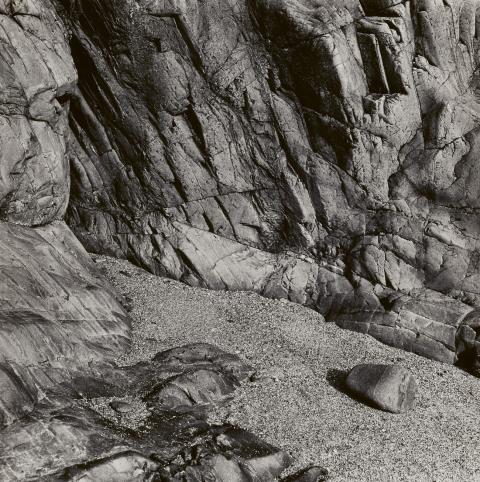
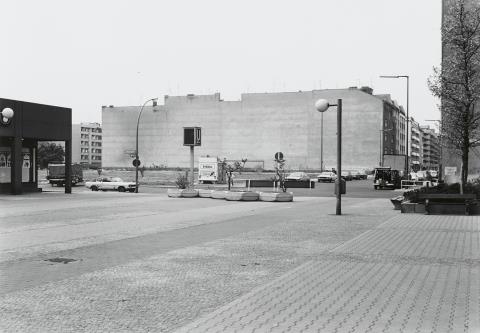
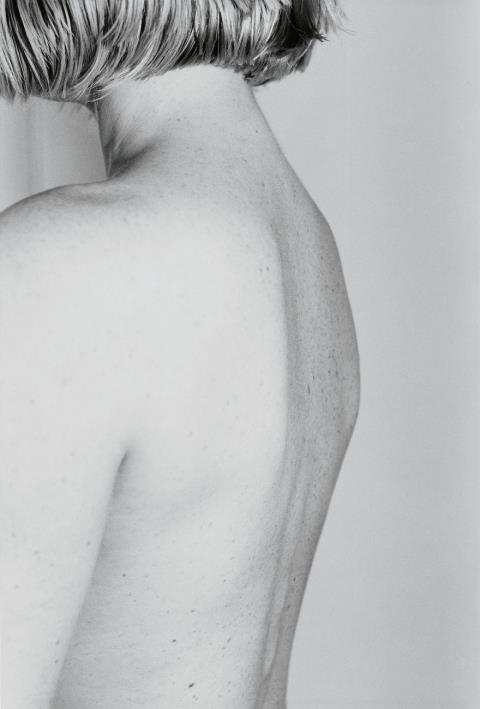
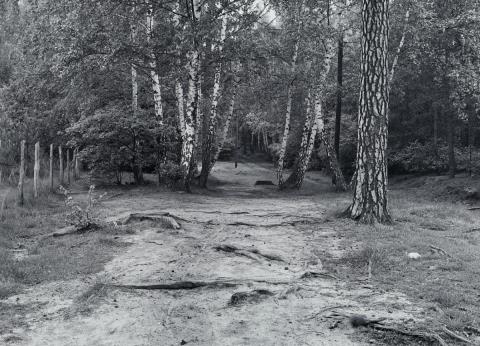
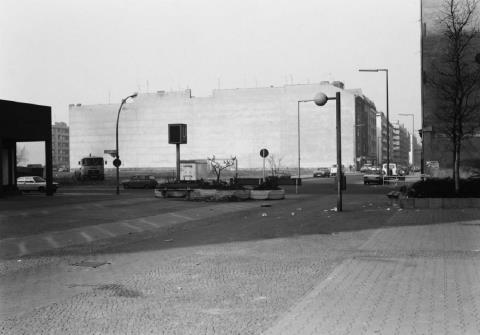
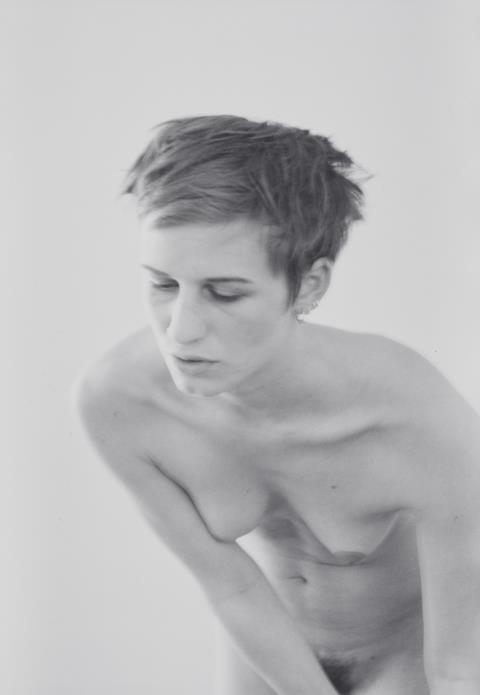
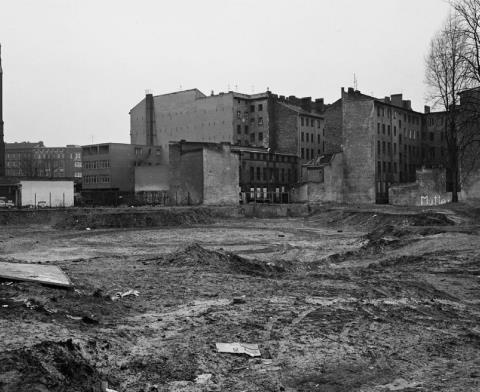
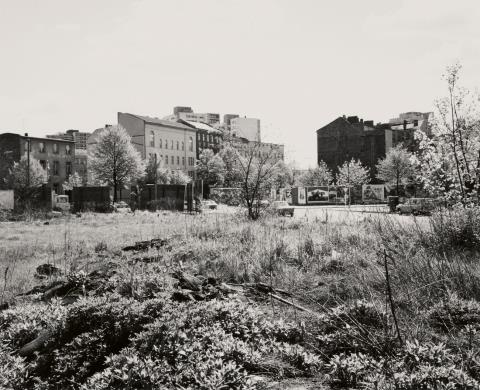
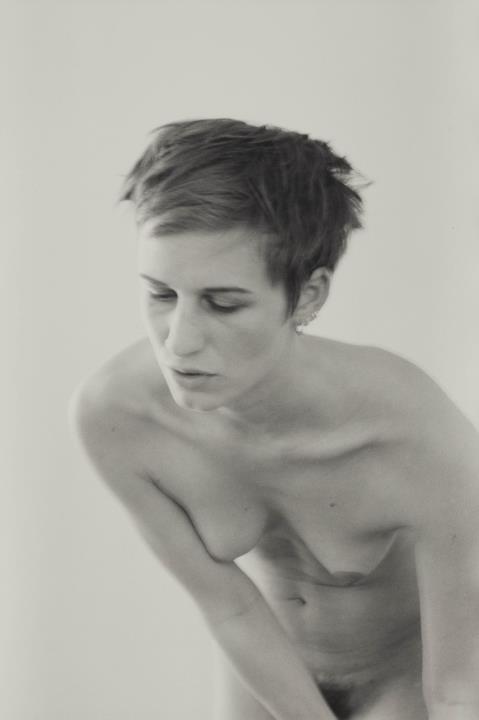
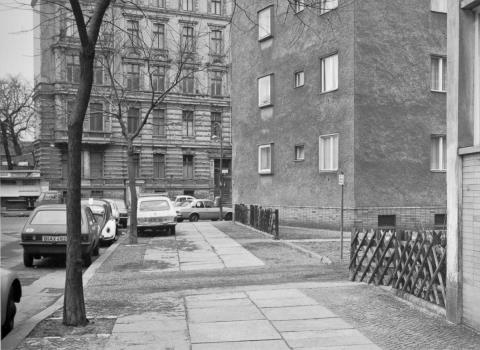
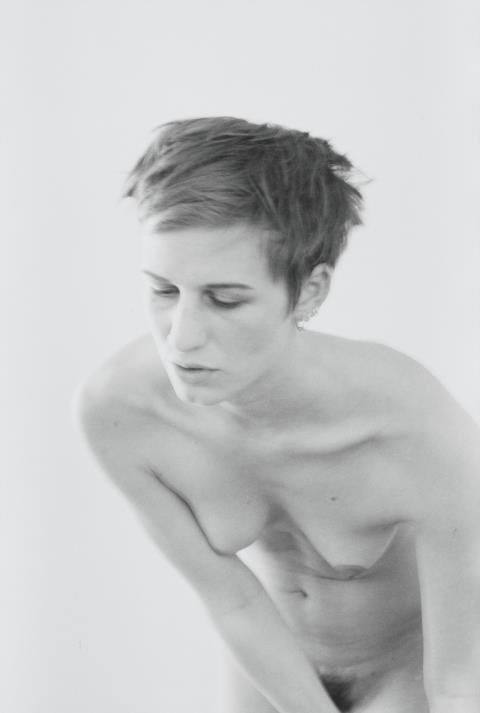
![Michael Schmidt - Untitled (from the series: Frauen [Women]) Michael Schmidt - Untitled (from the series: Frauen [Women])](https://www.lempertz.com/lempertz_api/images/smedium/1031-254-Michael-Schmidt-Untitled-from-.jpg)
